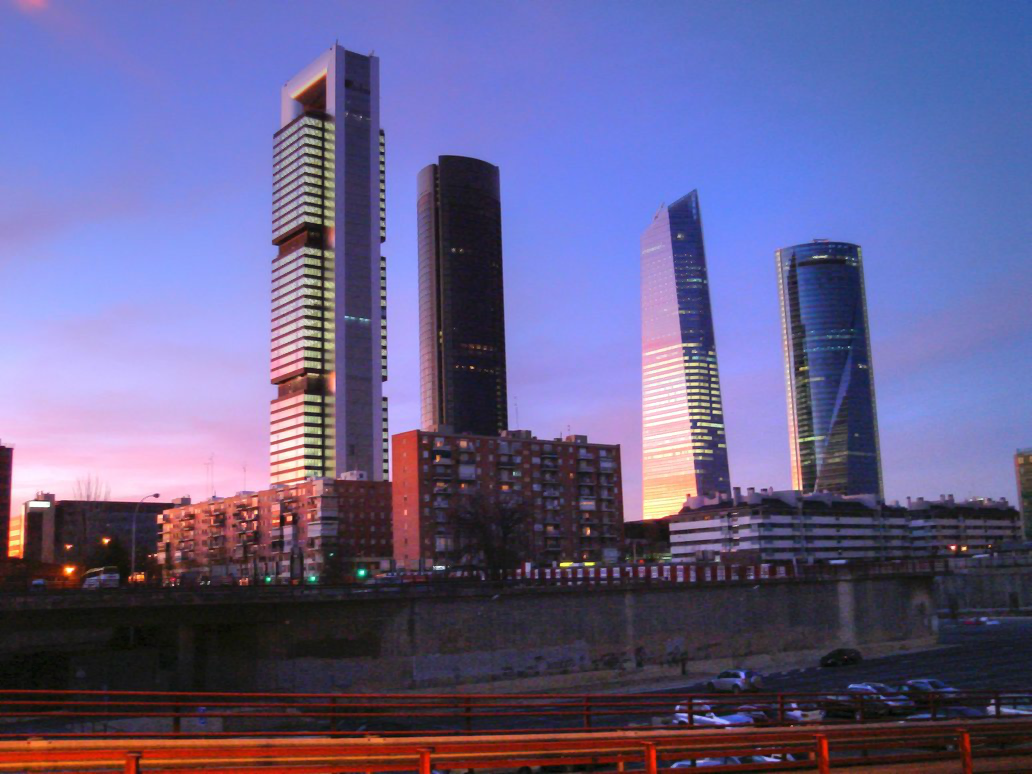30: Convexity Capital Management, Boston MA, USA
Founded in 2005 by former Harvard Management CEO Jack Meyer along with Maurice Samuels and David Mittelman, Convexity is a member of the exclusive “Crimson Club” – hedge fund firms with ties to Harvard University’s endowment fund. Meyer is something of a legend in the hedge fund industry, having led Harvard Management to post annualized returns of 16.1% between 1990 and 2005. This explains why Convexity was the biggest hedge fund start up ever when it launched with $6.3bn in investment – including $500m from Harvard – and it has continued to grow ever since, with a near $1billion increase between 2012 and 2013 to $14.4bn under management.
29: York Capital Management, New York NY, USA
Four years after losing his life savings on Black Monday, James Dinan launched his own event-driven hedge fund firm, York Capital Management, which has since become one of the top performing hedge funds in the world. With just $3.6m at launch from Dinan’s former colleagues at investment bank Donaldson, Lufkin & Jenrette, the firm has since multiplied its assets by over 4,000 times. While it enjoyed years of rapid growth up until 2008, the firm was hit hard by the financial crisis, although it has since bounced back, and last year its assets grew from $13.75bn to $14.43bn.
28: Canyon Capital Advisors, Los Angeles CA, USA
The co-founders of Canyon Capital Advisors, Mitchell Julis and Joshua Friedman, have been working together since their days at Harvard, where they were room-mates. After university, they both went on to trade junk bonds at Drexel Burnham Lambert alongside the man credited with inventing the junk bond market (and providing much of the inspiration for Gordon Gekko in Wall Street) Michael Milken. Although the firm collapsed after an insider trading scandal in 1990, several asset managers at the firm went on to form their own hedge funds, with Canyon being among the most successful of these. Originally set up as a credit-markets specialist, Canyon diversified after taking major losses in the Russian debt default of 1998. In the last year, assets at the firm grew by $2.2bn to $14.8bn.
27: Goldman Sachs Asset Management, New York NY, USA
It wasn’t so long ago that Goldman Sachs Asset Management was the biggest hedge fund manager in the world, but it has seen its stock fall dramatically over the last seven years, with very uneven performances leading to many investors taking money out of their funds. For example, its flagship quant fund Global Alpha had $12bn under management at its peak, but posted huge losses in 2007 and after another bad year in 2011 it shut its doors soon after. This decline continued last year, with the firm dropping 7 places in the global rankings and seeing assets fall by $400m to $14.9bn.
25: SAC Capital Advisors, Stamford CT, USA
One of the biggest stories in the hedge fund universe in recent times was the prosecution of hedge fund giant Steve Cohen for his role in an insider trading scandal. Although he escaped imprisonment on the grounds that it couldn’t be proven that he knew about the deals in question, he has been forced to transition his fund to a family office and pay a $1.2 billion fine. Between 2012 and 2013, his fund grew by $1.5bn to $15bn, dropping one place in the global rankings.
25: Appaloosa Management, Short Hills, NJ, USA
After being turned down for a partnership at his former employers three times, former Goldman Sachs junk bond trader David Tepper struck out on his own with Appaloosa Management in 1993. Since then, his firm has significantly out-performed his old employers, being up 76% within the first six months and annualizing 36% gains ever since. Last year, Forbes named Tepper as the no.1 hedge fund manager in the world, and such have been his returns that the firm has gained $3.25bn to $15bn without a significant influx of capital from investors, climbing eight places up the rankings in the process.
24: Brummer & Partners, Stockholm, Sweden
Sweden’s largest hedge fund firm, founded by Patrik Brummer, Svante Elfving and Per Josefsson, has seen dramatic growth in recent times. This has been helped by Swedish laws which allow retail investors to invest in hedge funds, unlike in the US where only accredited (i.e. incredibly wealthy) investors can partake. With a minimum investment of $1,250, this mainly quant-oriented firm has the lowest entry requirements of any Scandinavian hedge fund, making it far more accessible to retail investors than any of the other firms on this list, and fuelling asset growth of $1bn between 2012 and 2013.
23: Millenium Management, New York NY, USA
Unlike most major hedge funds, Millenium isn’t run by a superstar portfolio manager, but rather a superstar talent scout in the form of Israel Englander. His strategy is to seek out traders that can consistently make money from the firm’s preferred arbitrage strategies, and allow them a large amount of autonomy without strict oversight from Englander. But while he doesn’t like to meddle in the work of his traders, he is quick to fire traders who aren’t making enough money for the firm, and this approach has reaped huge dividends for the firm and its investors, adding $3bn in 2013, leaving the firm with $17.2bn under management.
22: King Street Capital Management, New York NY, USA
Having bucked the trend during the financial crisis by posting consistently strong returns, King Street Capital Management has not been as successful in the ensuing years. In 2008, the firm was running a big short portfolio and had bet on credit default swaps of firms its portfolio managers predicted were likely to run into trouble, producing 20% returns in a year when most funds posted losses. Between 2012 and 2013, the amount of assets under management at the firm fell by $200m to $17.4bn, causing the firm to drop five places in the rankings.
21: Paulson & Co, New York, NY, USA
Paulson & Co founder John Paulson became a hedge fund superstar in 2007 by making a huge $3.7bn profit by betting against the subprime real estate market. He scored another big success in 2010 with investments in gold, but in the years that followed his firm did rather less well. However, in 2013, a year in which most hedge funds failed to beat the S&P 500, Paulson scored big once again, which should see investors flooding back to his firm after assets dropped nearly $5bn to $17.735bn between 2012 and 2013.
Other articles in this series
Top 50 Hedge Funds in the World Part 1: Introduction
Top 50 Hedge Funds in the World Part 2: 50-42
Top 50 Hedge Funds in the World Part 3: 40-31
Top 50 Hedge Funds in the World Part 5: 20-11
Top 50 Hedge Funds in the World Part 6: The Top Ten
I am a writer based in London, specialising in finance, trading, investment, and forex. Aside from the articles and content I write for IntelligentHQ, I also write for euroinvestor.com, and I have also written educational trading and investment guides for various websites including tradingquarter.com. Before specialising in finance, I worked as a writer for various digital marketing firms, specialising in online SEO-friendly content. I grew up in Aberdeen, Scotland, and I have an MA in English Literature from the University of Glasgow and I am a lead musician in a band. You can find me on twitter @pmilne100.












































